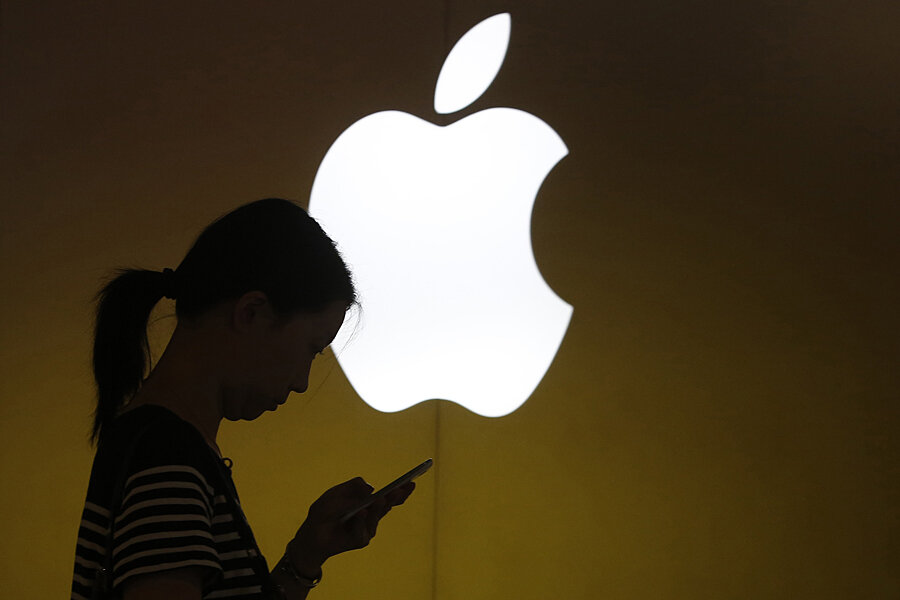At Apple University, a guide for simplicity and elegance
Loading...
At Apple University, the famed tech company's culture is passed on to future generations of employees.
A Monday article in The New York Times details the traditionally secretive internal training program, interviewing three Apple employees who had all taken classes there and agreed to speak on the condition of anonymity. As The Times notes, Apple University is hardly written about and employees are asked not to speak about the company or the classes.
It is well known that Apple co-founder Steve Jobs placed a strong emphasis on a sleek, user-friendly design in his company's products, evident in such products as the MacBook, the iPod, and the iPhone. This philosophy is embodied in Apple University, which was started in 2008 and is run "in-house, year round" on the company's Cupertino campus by Joel Podolny, former dean of the Yale School of Management. Other instructors include faculty members from places like Harvard University, Stanford University, and the Massachusetts Institute of Technlogy.
Illustrating the way these classes impart Apple's famed design principles, the article says that Picasso lithographs are sometimes used to demonstrate the ways in which an idea or concept can be reduced to its most fundamental parts. For example, the article shows a series of Bull images drawn by Picasso that progressively become more simple and abstract, until the flesh and details have been removed and it is only a few lines that give the idea of a bull. Such is the way Apple goes about designing its products, the article implies, from a desktop mouse to an iPhone screen.
"You go through more iterations until you can simply deliver your message in a very concise way, and that is true to the Apple brand and everything we do," explains one person interviewed for the article.
The article further explains that employees take classes suited to their specific job descriptions and backgrounds. One class the article describes teaches the founders of companies that have been recently bought by Apple how best to mesh their company's resources with Apple's – which could include Dr. Dre and Jimmy Iovine, founders of Beats, which was recently acquired by Apple.
Another course is titled "The Best Things," named after Mr. Jobs' famously saying that in order to make great products, you had to "expose yourself to the best things that humans have done." In an example of this, Mr. Jobs explained in an interview that a reason for the Macintosh computer's success was due to the fact that its computer programmers were also steeped in the arts, culture, and history.
As Apple continues in its post-Steve Jobs era, it would seem a training program like Apple University is increasingly important for carrying on his legacy. But we'll have to wait until September 9 – the reported debut of the iPhone 6, a device that's got the tech world on collective pins and needles – to see what kinds of core principles have stayed with Apple through the years.






